Shizuoka cha is a brand name for the green tea produced in the Shizuoka prefecture. Yes, the Shizuoka prefecture also has the beautiful Mt. Fuji. Therefore, some of the plantations have great views. Japanese green tea is both tasty and healthy. Shizuoka Prefecture is especially famous as a producer of green tea, but did you know that even within Shizuoka, there are many different flavors and aromas of tea depending on the area locals produce it? This time, we delve deep into the appeal of Shizuoka-cha (Shizuoka tea).
What is Shizuoka cha?
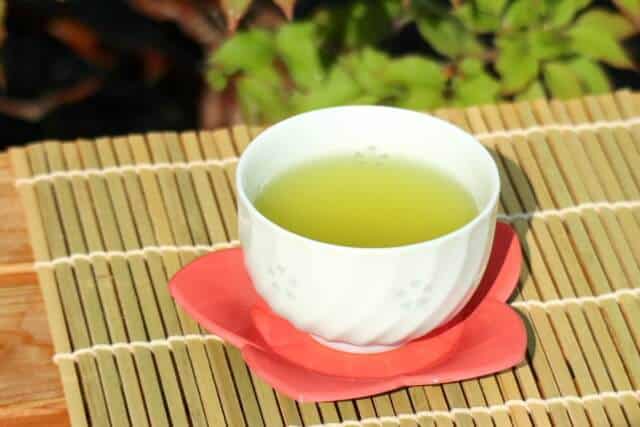
Shizuoka cha or Shizuoka tea is one of Japan’s three significant teas, along with Uji tea and Sayama tea. It is a green tea produced in Shizuoka Prefecture and its brand name is. Shizuoka Prefecture, known as Japan’s number one tea-producing region, has a wide variety of teas that take advantage of the characteristics of each area. Shizuoka-cha is responsible for 40% of the green tea production of the entire country. It boasts one of the highest tea production and area of tea plantations in Japan.
In addition to sencha and matcha, Shizuoka also produces other types of green tea, including gyokuro (a shaded green tea), hojicha (roasted green tea), and genmaicha (green tea mixed with roasted rice). Shizuoka cha represents high-quality Japanese green teas that are well-regarded for their taste and aroma, making them sought after by tea enthusiasts both in Japan and internationally.
Shizuoka cha History
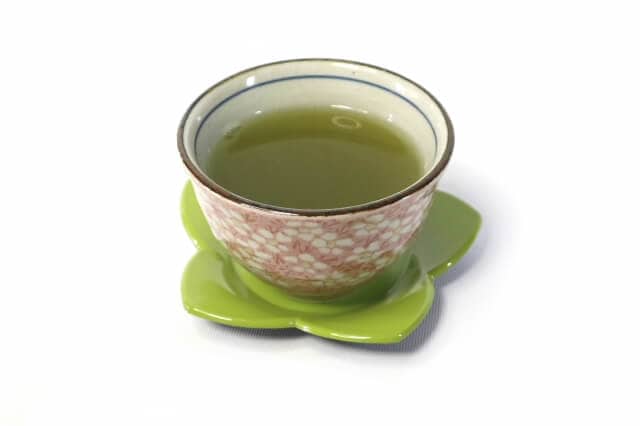
The history of Shizuoka cha in Japan is closely linked to the growth of tea cultivation in Shizuoka Prefecture. Initially, tea was introduced to Japan from China in the 9th century during the Tang Dynasty, primarily for medicinal and aristocratic use. Over centuries, tea’s popularity spread across Japan, becoming an integral part of Japanese culture. In Shizuoka, tea cultivation began in the 13th century during the Kamakura period, possibly introduced by monks or travelers who recognized the region’s favorable climate and fertile soil for tea cultivation. As time passed, Shizuoka’s tea farmers refined their techniques, resulting in unique regional tea varieties and flavors, including significant advancements like steam processing during the Edo period.
During the Meiji era, from 1868 to 1912, Japan’s tea production underwent modernization, with Shizuoka emerging as a central hub for tea farming. Innovations and improved cultivation methods further enhanced the quality and yield of tea leaves. Post-World War II, Japan’s tea industry continued to modernize, embracing mechanization and expanding tea exports, including Shizuoka cha. Today, Shizuoka remains a renowned tea-producing region in Japan. Locals celebrated it for its high-quality green teas like sencha and matcha.
Three major producing areas of Japanese Tea
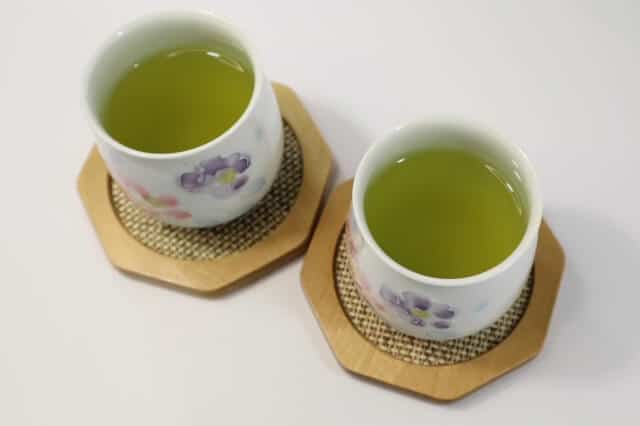
The three major producing regions are Shizuoka Prefecture, Kagoshima Prefecture, and Mie Prefecture. According to data from the Ministry of Agriculture, Forestry and Fisheries, in 2020, approximately 70,000 tons of tea was produced. In the past, Shizuoka prefecture was overwhelmingly at the top, but now Kagoshima prefecture is rapidly catching up. In 2020, Shizuoka Prefecture accounted for approximately 36% of the total production. Kagoshima Prefecture accounts for approximately 34%. The three major producing regions alone account for approximately 80% of domestic production.
In addition, there is a saying that there are three major Japanese teas. It is a word that refers to a particularly famous, high-quality tea, or an excellent tea (meicha). The three major teas are Shizuoka tea, Uji tea, and Sayama tea/Kagoshima tea.
What to remember about Shizuoka cha?
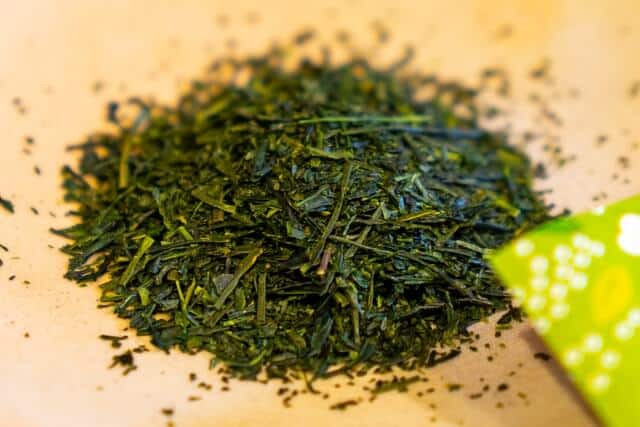
Only teas made 100% with tea leaves from Shizuoka can be labeled as Shizuoka-cha. Teas made with more than 50% but less than 100% tea leaves from Shizuoka, and has undergone the final stages of processing within Shizuoka, are labeled Shizuoka-cha Blend, so be sure to check the labels when shopping.
Good place to know about shizuoka cha
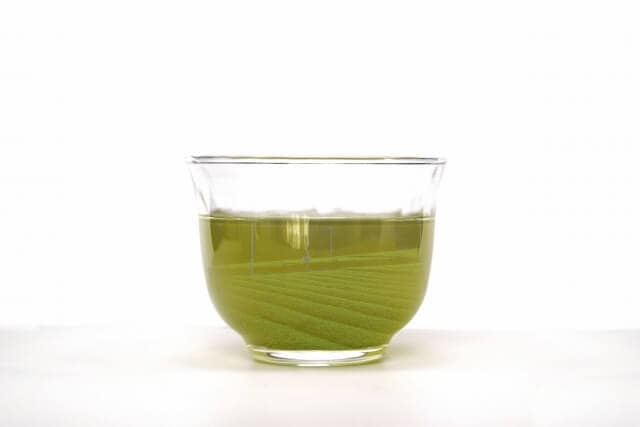
Fujinokuni Tea Miyako Museum is a prefectural facility originally operated by Shimada City as the Ocha no Sato Museum, but they reopened it in late March of this year. It consists of three areas: a museum where you can learn about the history and culture of tea, a commercial center with a museum shop and restaurant, and a tea room and Japanese garden associated with tea masters. At the museum’s permanent exhibition “Tea of the World,” you can touch and experience the aroma of real tea leaves. There are 60 types. There are tea leaves shaped beyond your imagination, and you can sniff them as much as you like.
Shizuoka cha FAQ
- What makes Shizuoka cha unique?
-
Shizuoka cha, a special tea from Japan’s Shizuoka Prefecture, is unique because of where it’s grown. The area’s location near Mount Fuji, with its special soil and weather, gives the tea a special taste. They make different kinds of tea there, like sencha and matcha, so you can try lots of flavors. People also use Shizuoka’s matcha in traditional tea ceremonies because it has a rich taste and looks really green.
- What are the health benefits of Shizuoka cha?
-
Drinking Shizuoka cha, like other green teas, can be good for your health in several ways. It’s full of antioxidants that can help protect your body from damage, lower the risk of heart disease by reducing bad cholesterol and blood pressure, and even support weight management. The caffeine and amino acid L-theanine in it may also boost brain function while reducing stress. Some studies suggest it might even help prevent certain types of cancer. It’s gentle on your digestion and can promote healthy teeth and gums by fighting bad bacteria.
How to make Shizuoka cha?
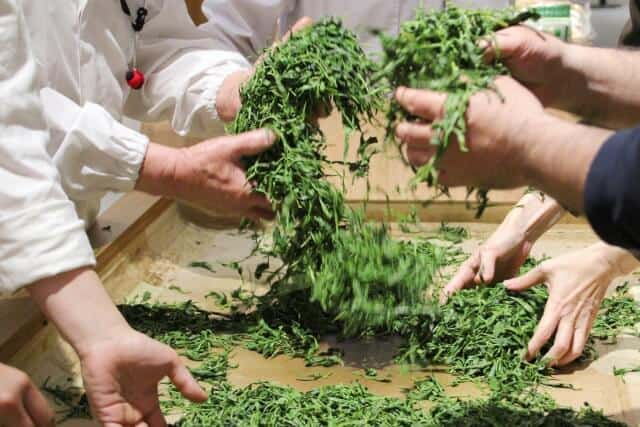
Pour hot water into the teapot and let it cool. (50℃ for high quality tea, 60℃ for average tea)
Pour approximately 20ml of hot water from the teapot into the teacup. Please throw away the remaining hot water.
Put the tea leaves into the teapot. 10g for 3 people. Pour the hot water from the teacup into the teapot and wait for about 2 minutes for the tea to infuse. Infusion time is about 2 minutes. For the second brew, add the cooled water and wait about 30 seconds.
Make sure to pour evenly over the amount of tea, and squeeze out the mawashitsugi tea.
Where to buy Shizuoka cha?
Shizu Chika Tea Shop Issa (しずチカ茶店 一茶)
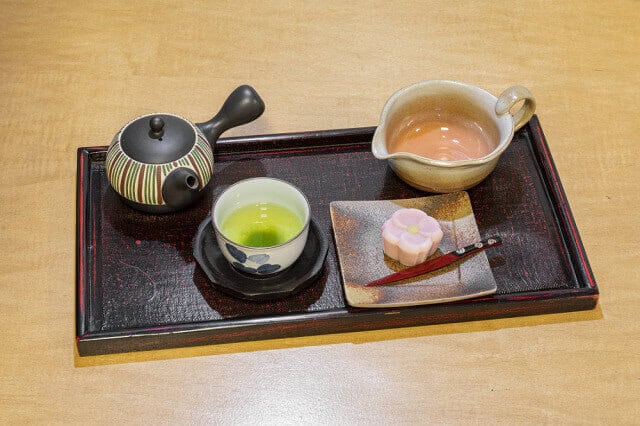
This cafe, run by the Shizuoka Tea Commercial and Industrial Cooperative Association, offers a weekly menu of three types of tea for one coin (500 yen). Please relax and enjoy the tea carefully brewed by our staff along with sweets. You can also purchase speciality tea leaves carefully selected by approximately 50 tea merchants in Shizuoka City.
Nanaya Shizuoka store (ななや静岡店)
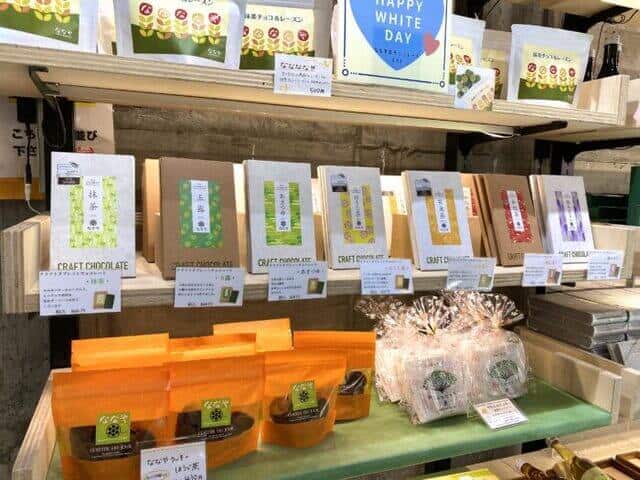
Nanaya’s Shizuoka store is very popular for its “world’s darkest matcha gelato.” In addition to gelato, tea chocolates of different strengths are also a hot topic. You can enjoy some sweets at the eat-in corner inside the store. Nanaya is operated by Marushichi Seicha, a long-established tea shop founded in 1907.
CHA10 (チャトウ)
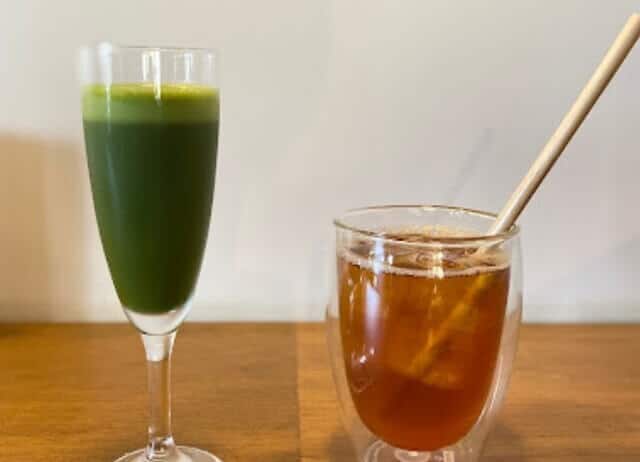
Cafe CHA10 has a modern sky blue exterior. This is a shop where you can enjoy a new type of matcha drink. We recommend organic matcha from Shizuoka. You can also enjoy vegan sweets that are free of eggs, milk, and white sugar.
Takeaway
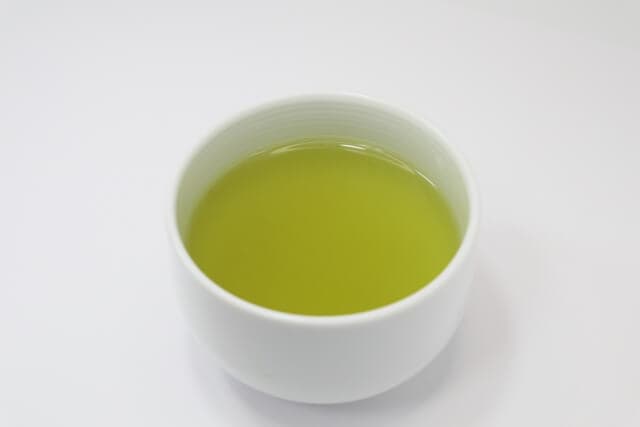
In the world of tea, Shizuoka cha shines like a bright green gem. It’s not just a drink; it’s a journey through centuries of Japanese tradition and innovation. As we wrap up this story, I hope you’ve sipped up some tasty knowledge about Shizuoka cha and all the wonderful things it brings to the table. From antioxidants that give your body a boost to the calming magic of L-theanine, there’s a lot more to this tea than meets the eye. So, next time you’re sipping on a cup of Shizuoka cha, take a moment to appreciate the history and healthiness that’s brewing in your mug.
You can check some Japanese tea drinks below that we know you would like to try too.
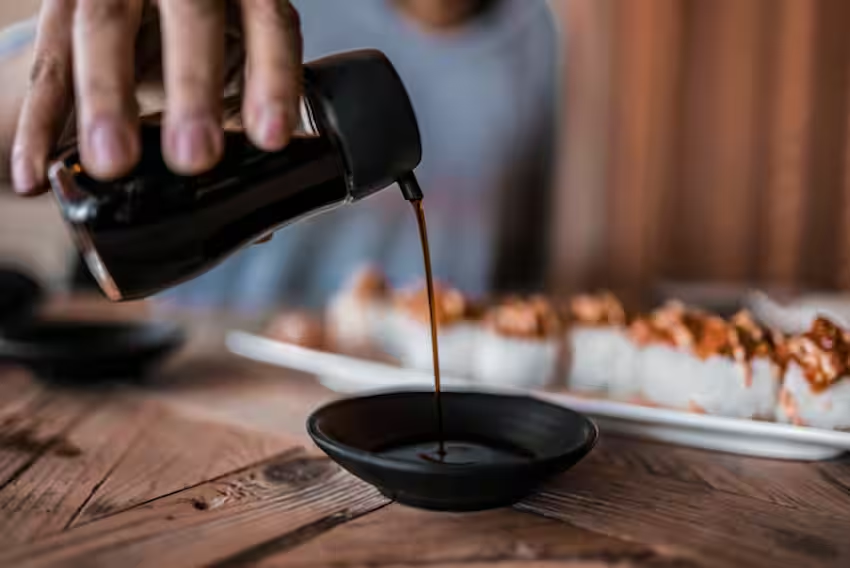
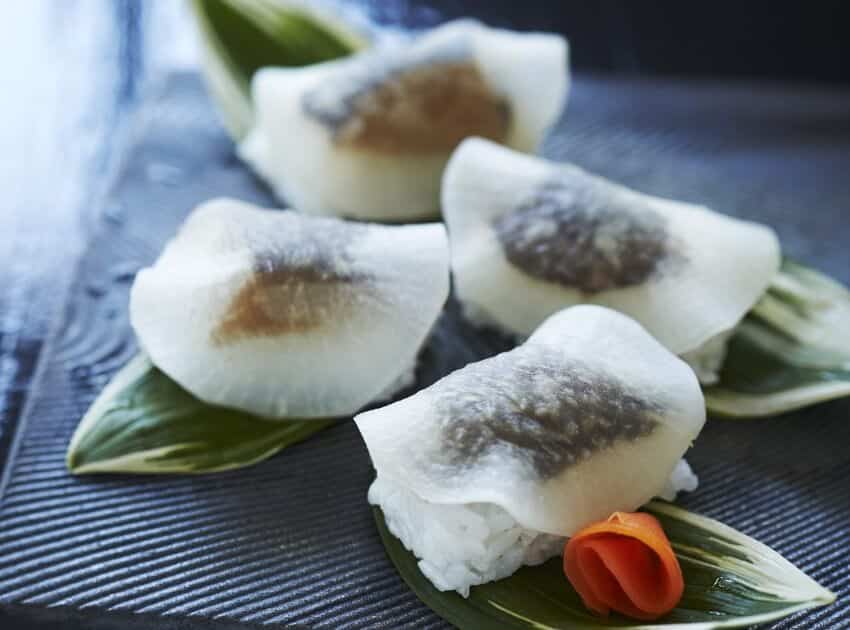
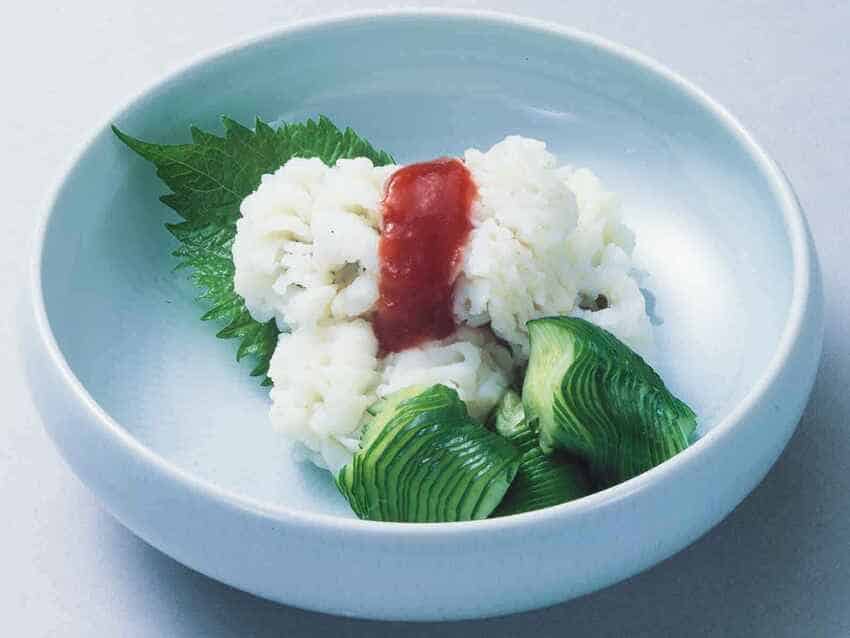
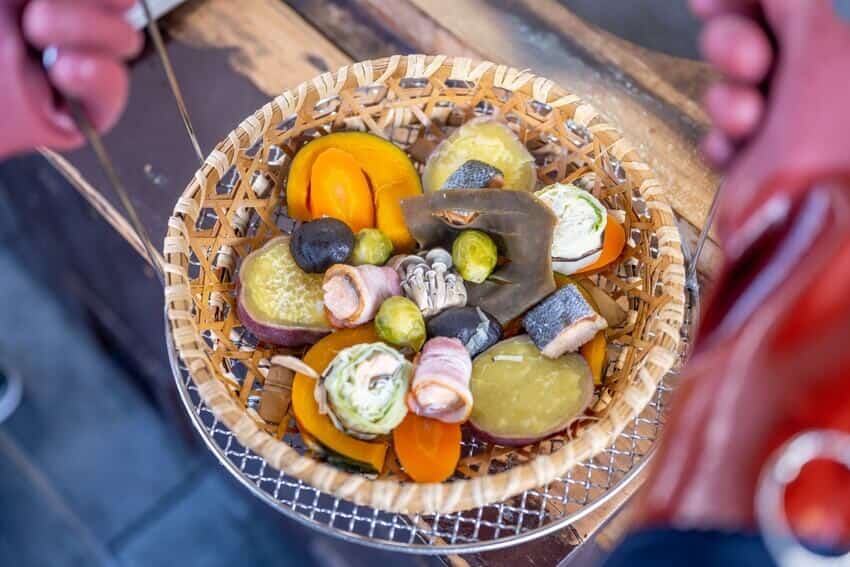
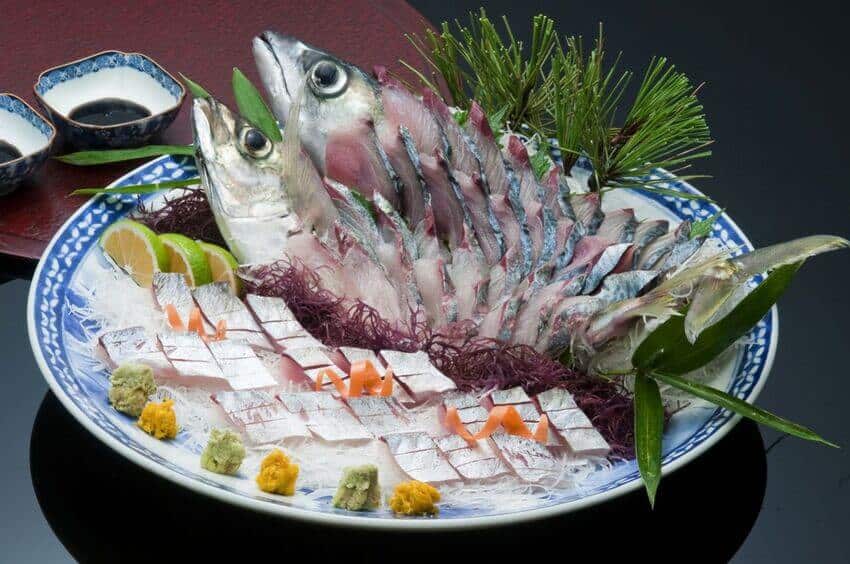

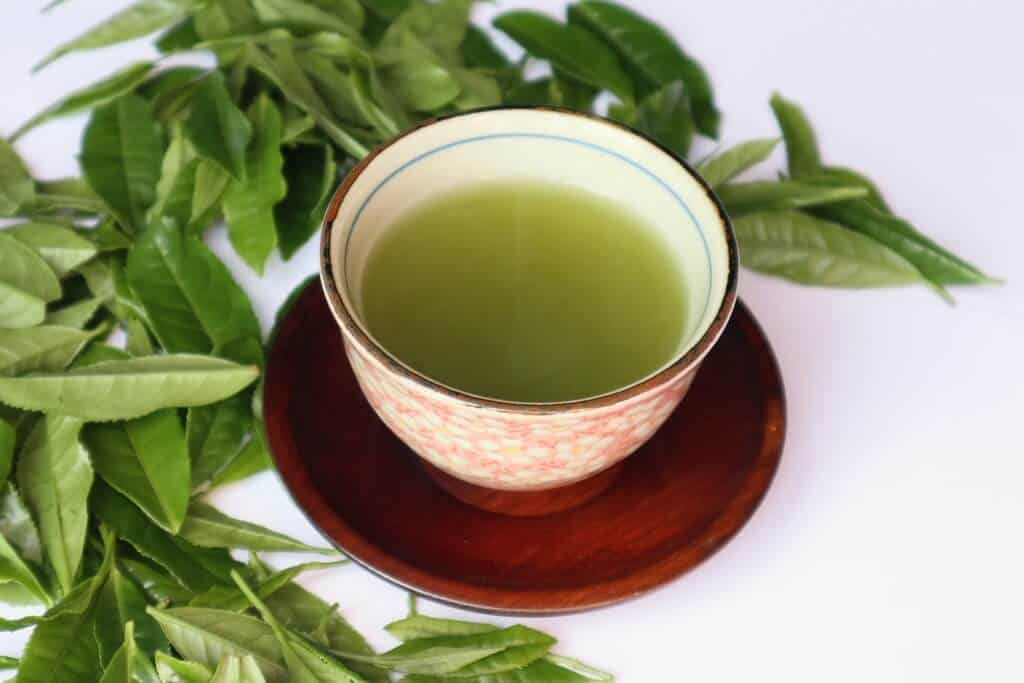
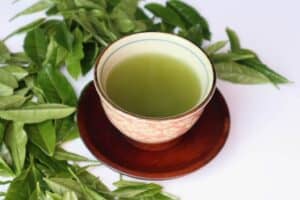
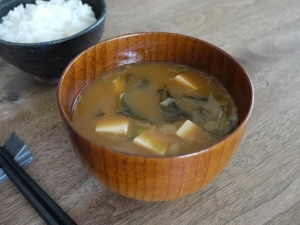
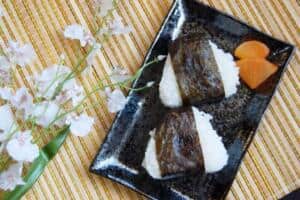
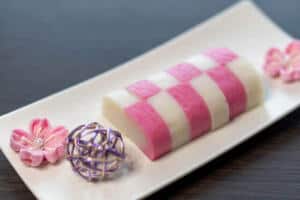
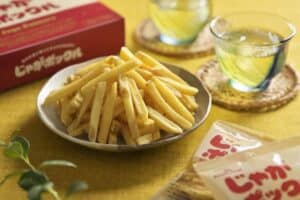
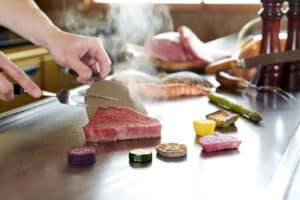
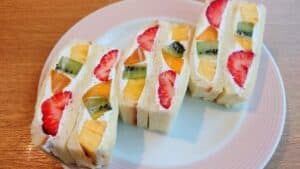
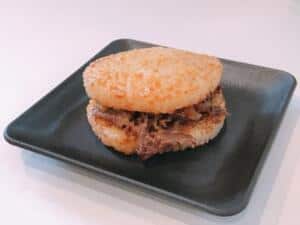
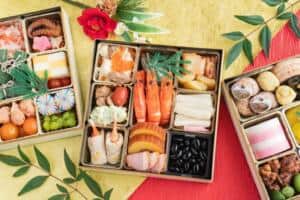
Comments